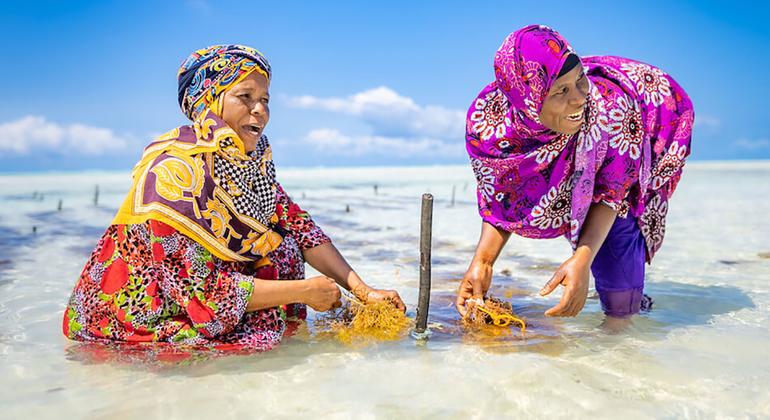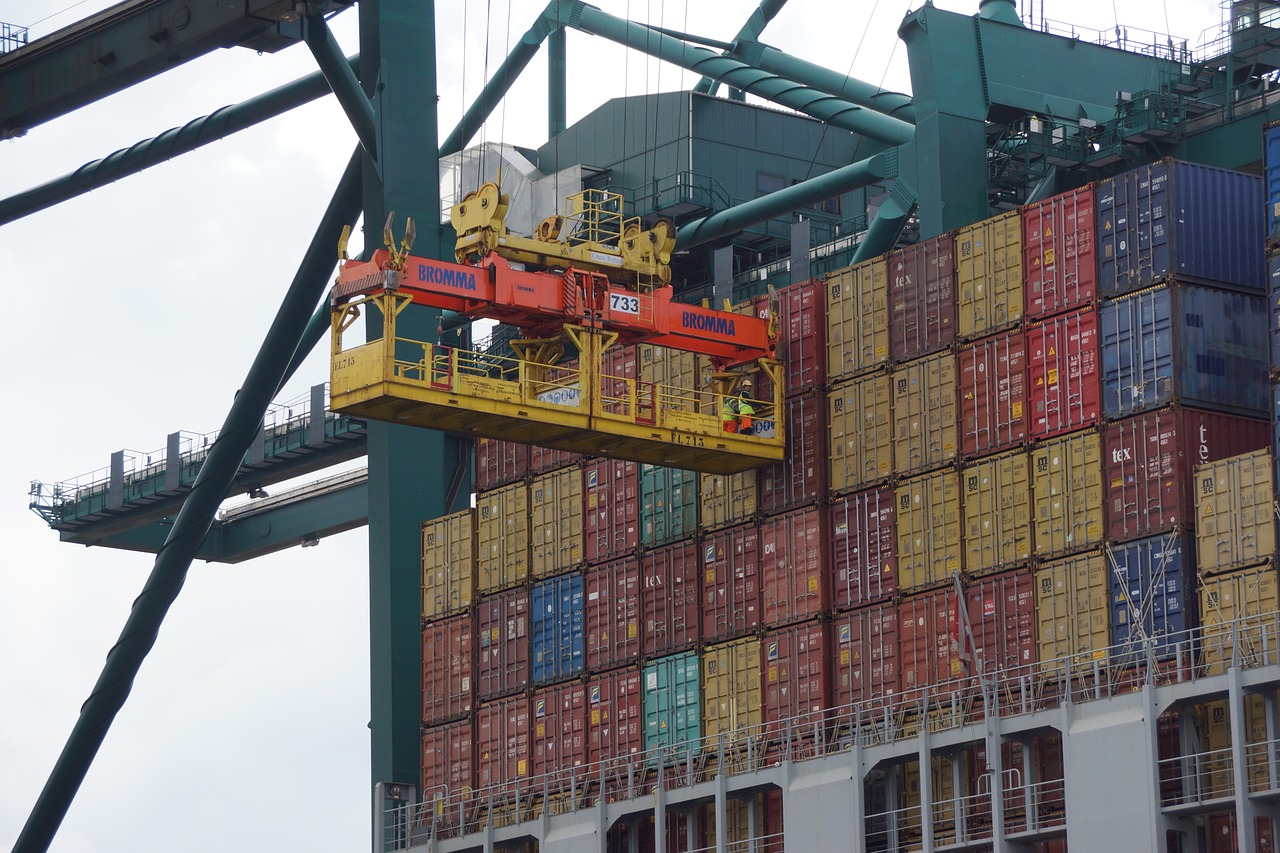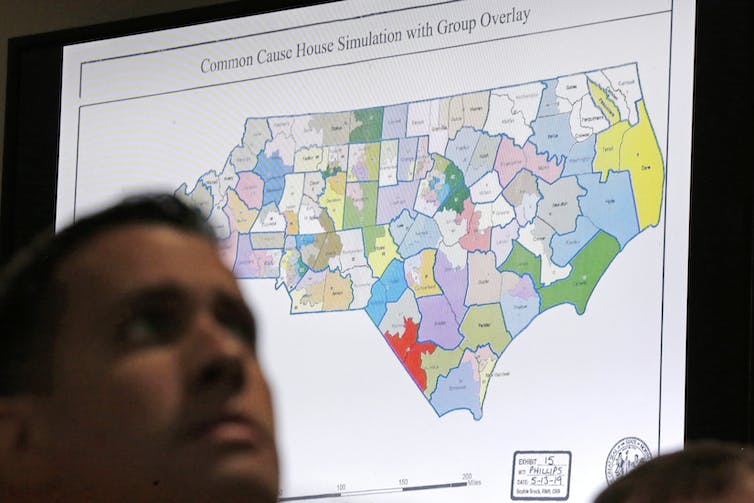The conference of Least Developed Countries or LDCs takes place every 10 years and this year’s meeting from 5 to 9 March 2023, known as LDC5, will focus on returning the needs of the 46 designated countries to the top of the global agenda and supporting them as they strive to get back on track to sustainable development.

Bikenibeu village in South Tarawa, Kiribati.
1. What is a Least Developed Country?
The Least Developed Countries (LDCs) are countries listed by the United Nations that exhibit the lowest indicators of socioeconomic development across a range of indexes. All LDCs have a gross national per capita income (GNI) of below USD$1,018; compare that to almost $71,000 in the United States, $44,000 in France, $9,900 in Turkey and $6,530 in South Africa according to data from World Bank.
These countries also have low scores on the indicators for nutrition, health, school enrolment and literacy and high scores for economic and environmental vulnerability, which measures factors such as remoteness, dependence on agriculture and exposure to natural disasters.
There are currently 46 LDCs, the vast majority of which are in Africa [see box below]. The list is reviewed every three years by the UN Economic and Social Council. Six countries have graduated from LDC status between 1994 and 2020.
2. What are the challenges facing the least developed countries?
Today, the 46 LDCs are home to some 1.1 billion people, that’s 14 per cent of the world’s population, and more than 75 per cent of those people still live in poverty.
More than other countries, LDCs are at risk of deepening poverty and remaining in a situation of underdevelopment. They are also vulnerable to external economic shocks, natural and man-made disasters, communicable diseases and crucially climate change.
Currently, the planet is on course to warm by about 2.7°C this century, which would devastate LDCs. These countries have contributed the least to carbon emissions, and yet face some of the highest risks from climate change.
Meanwhile, LDCs are among those most affected by COVID-19; all but eight experienced negative growth rates in 2020 and the pandemic fall-out is predicted to last longer than in richer countries.
Debt is a major problem for all LDCs: four are classified as in debt distress (Mozambique, Sao Tome and Principe, Somalia and Sudan) and 16 LDCs are at high risk of debt distress.
As such, LDCs require the highest level of attention from the international community.

3. How can the United Nations and the international community help LDCs?
The UN system’s efforts to reverse the increasing marginalisation of LDCs in the global economy and to put them on a path to sustainable growth and development date back to the 1960s.
Since then, the UN has paid special attention to LDCs, recognising them as the most vulnerable in the international community and granting them certain benefits including:
- Development financing: notably grants and loans from donors and financial institutions.
- Multilateral trading system: such as preferential market access and special treatments.
- Technical assistance: notably, towards supporting trade.
The first LDC conference was held in Paris, France in 1981 and LDC5, marking the 50th anniversary was due to be held in March 2022, but was postponed to this year due to COVID.

4. What is the Doha Programme of Action?
The Doha Programme of Action (or DPoA, for acronym lovers!) is the development road map for LDCs agreed in March 2022.
It includes six key focus areas:
- Eradicating poverty and building capacity.
- Leveraging the power of science, technology, and innovation to fight vulnerabilities and to achieve the SDGs.
- Supporting structural transformation as a driver of prosperity.
- Enhancing international trade of LDCs and regional integration.
- Addressing climate change, environmental degradation, recovering from COVID-19 pandemic and building resilience against future shocks.
- Mobilizing international solidarity and reinvigorating global partnerships.
The full implementation of the DPoA will help LDCs to address the COVID-19 pandemic and the resulting negative socio-economic impacts and enable them to get back on track to achieve the SDGs including addressing climate change.
The full text of the Doha Programme of Action is available here in the 6 UN official languages.

5. What can we expect from LDC5?
The UN, LDCs, Heads of State and Government, development partners, the private sector, civil society, parliamentarians, and youth will come together to agree partnerships, commitments, innovations and plans in an effort to reach the SDGs.
The UN Secretary-General is due to address the conference and has already highlighted the importance of supporting LDCs.
“The Doha Programme of Action reminds us that global recovery depends on LDCs getting the support they need. They need bold investments in health, education and social protection systems — all the resources required to fully implement Agenda 2030 and the Sustainable Development Goals.”
As LDCs take the first step towards those goals, they will meet certain targets which will enable them to graduate from the least developed country status.
Six countries have gone through this process: Botswana (in 1994), Cape Verde (2007), Maldives (2011), Samoa (2014), Equatorial Guinea (2017), and Vanuatu (2020).




